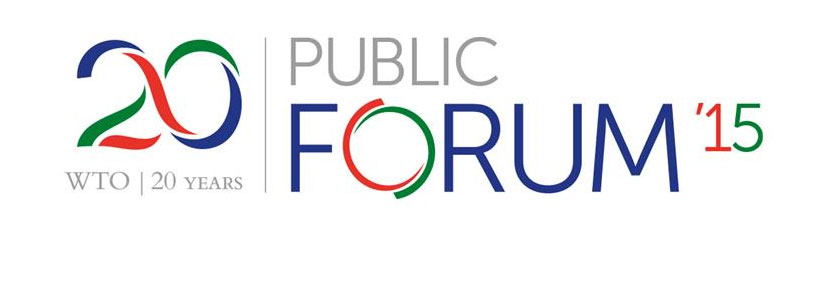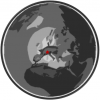
A book and its author: Diagnostics for a Globalized World
Presented by WTO Bookshop and Library
ATRIUM
• Ruzanna Tarverdyan, Founding President The Geneva Consensus Foundation
• Sten Thore, Centennial Fellow Emeritus of the IC2 Institute, a think tank at the University of Texas
• Marion Jansen, Chief Economist, ITC
• Hubert Escaith, Chef Statistician, WTO
The great Dutch economist Jan Tinbergen in the early 1950s wrote two volumes that more or less came to codify the theory of economic policy. Tinbergen called for the coordination of available policy tools to maximize “social utility”. Once having specified the social welfare function “as precisely as possible”, he said, one should then “use it for finding the socioeconomic optimum”. And yet, in retrospect, Tinbergen´s work turned out to be a dead end. Many political bodies act irrationally. Politicians may pay lip service to the true needs of the common citizen but rather promote their own pet projects. The tools of national economic and social policy may be poorly coordinated. A realistic analysis requires that we allow for the existence of “non-economic man” executing economic and social policy.
Book and the Author
WTO Public Forum 2015
Diagnostics for a Globalized World by Sten Thore and Ruzanna Tarverdyan: Part 1
In a sense our work picks up the theory of economic policy where Tinbergen left it. Following him, we form a socialeconomic preference function of the policy goals of each nation. We determine that preference function empirically, using data like the Millennium Development Goals. But we do not assume that each nation necessarily follows the neoclassical maxims of equilibrium. Since Tinbergen´s days, economics has discovered phenomena like irrational behavior, disequilibrium, and even chaos. There may exist a gap between the idealized optimum solution and actual performance.
WTO Public Forum 2015
Diagnostics for a Globalized World by Sten Thore and Ruzanna Tarverdyan: Part 2
Our work is a case of frontier economics. Frontier nations are able to coordinate available policy tools to achieve an optimal mix of social and economic goals. Nations behind the frontier are outperformed by those at the frontier. In frontier economics the true dichotomy is between order and excellence on the one hand, and disorder and disequilibrium on the other. But remember that order can also be found in poor countries, just as chaos may reign among the ranks of the mighty. The “frontier” nations define the frontier of the doable. The others are sub-frontier, falling short of the doable. To improve, a sub-frontier nation might find instructive advice looking at its nearest frontier neighbors.
WTO Public Forum 2015
Diagnostics for a Globalized World by Sten Thore and Ruzanna Tarverdyan: Part 2 B:
Frontier economics recognizes the presence of oldfashion idealized equilibrium economics and the presence of sub-frontier decision-making. The task of distinguishing between the two is an empirical one: order is not postulated but is a matter of testing, of examining the data. Employing methods of operations research, it is possible to determine numerically the envelope to a given set of data points. The envelope is the frontier. In modern hi tech lingo, the expression “pushing the envelope” means going beyond what is technically possible today. More strictly, envelope is a geometrical term, referring to the locus of tightest closure around a given collection of points.
WTO Public Forum 2015
Diagnostics for a Globalized World by Sten Thore and Ruzanna Tarverdyan: Part 3
Oct 3, 2015
Processing data on the achievements (or lack of achievements) of the UN millennium goals, we have in our book have split more than one hundred nations into two groups: those located at the envelope, and those that are falling behind. For each sub-envelope nation we have determined its closest “role models” located on the envelope. The envelope is a surface in many dimensions (one dimension for each policy goal and each policy instrument). The envelope spells out all the desired aspects of the performance of a nation explicitly. For a sub-frontier or sub-envelope nation, we calculated the posssible improvement of its performance. The role models or peers turned out to be drawn from all continents, representing both rich and poor countries. The identification of a nation´s peers should be both equitable and helpful. The peers are not necessarily the masters of the world, but they feature goal achievements that can suggest to others a possible potential for improvement.
Celebrating the 20th anniversary of the World Trade Organization




